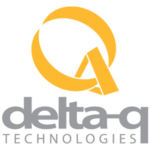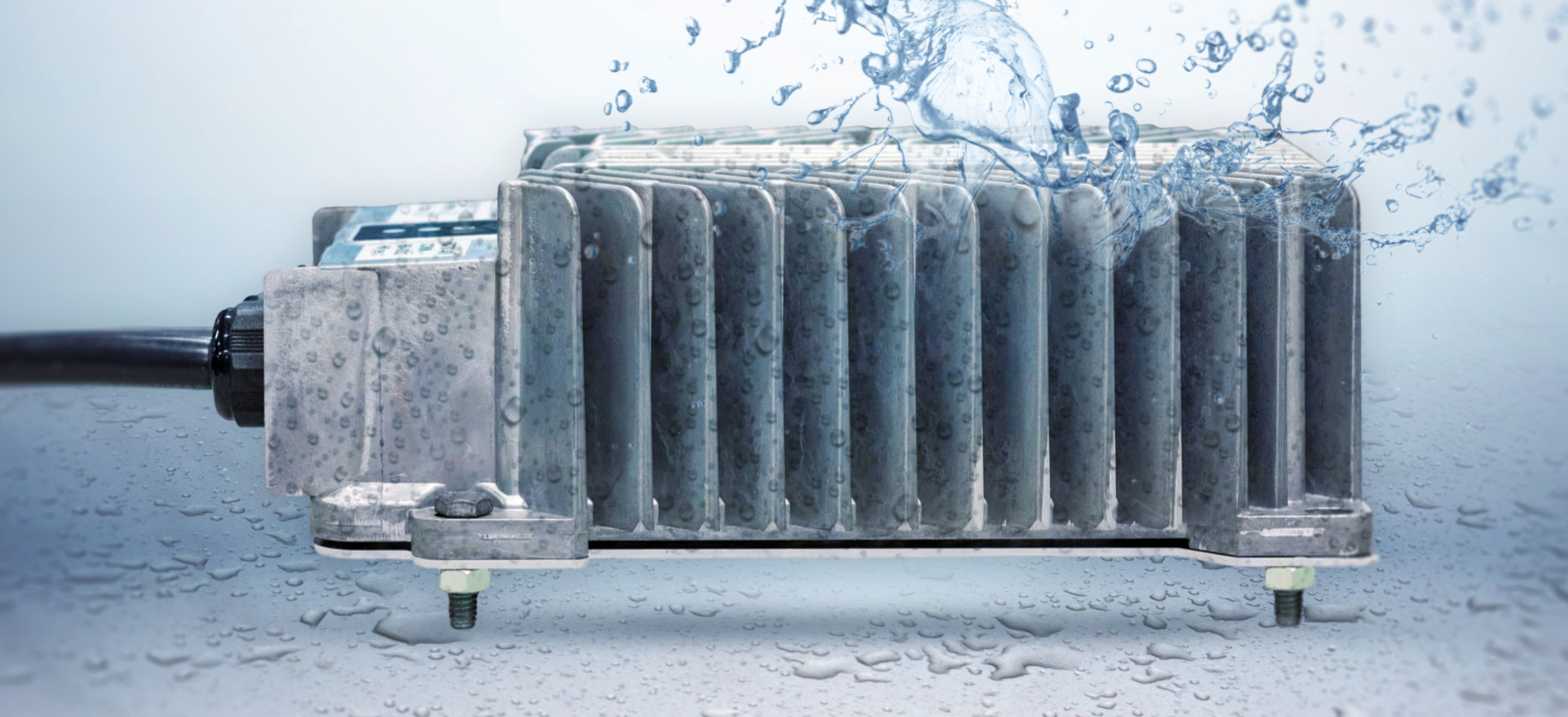For the Mobile Elevated Work Platform (MEWP) market, diesel-powered machines have long been the standard for outdoor applications like construction. Their operational simplicity—just refuel and get back to work—has made diesel the go-to choice.
However, with the increasing pressure of sustainability initiatives, the industry is shifting towards more eco-friendly solutions.
As battery and charger technology advances to meet the needs of a sustainable tomorrow, OEMs, fleet managers, and in-the-field operators must adapt. Utilizing onboard charging solutions is one way to do just that, enabling efficient operations without the need to revamp existing worksite infrastructure.
Assessing Charging Options: Public Charging Stations
Rather than dedicating valuable time and workspace to installing bespoke charging infrastructure on-site, existing resources can often be leveraged.
Public charging stations, or Electric Vehicle Supply Equipment (EVSE), are one example, offering a simplified means for MEWP operators to achieve full or partial recharge essentially on demand. These stations often operate via region-specific sockets:
- Type 1 (J1772) – Common in North America and Japan, this socket offers AC Level 1 (up to 2.4 kW) and Level 2 (up to 19.2 kW) charging capabilities.
- Type 2 (Mennekes or IEC 62196-2) – Found in Europe and many other parts of the world, this socket is capable of Mode 2 (up to 7 kW) and Mode 3 (three-phase up to 22 kW) charging.
It’s important to note that referring to EVSE as “chargers” is slightly misleading. These stations do not charge vehicles directly; they facilitate the transfer of electricity from grid to vehicle. The actual conversion of AC power to the DC power required by the MEWP’s battery happens within the machine’s onboard charging system.
This means that hybrid MEWPs, despite utilizing electricity, cannot benefit from public charging infrastructure since they ultimately rely on diesel and do not have a dedicated electrical charger.
Choosing the Right Charging Solutions
An on-board charger must also be able to stand up to the rigorous demands of the MEWP application. This is especially pertinent for rough-terrain booms and scissors, which are often exposed to outdoor elements, shocks and vibrations, and other hazards that more compact, indoor MEWPs rarely encounter.
Beyond a durable and rugged design, the right charger should also expand charging options.
For example, an advanced on-board charger allows machinery to be charged through standard wall plugs. This includes:
- Standard wall plug (NEMA 5-15) – A single-phase plug capable of delivering 1.2kW charge.
- NEMA L14-30 – A higher-powered plug common in construction zones, offering 5-6kW charging.
- CE 77 – Common in Europe, this standard plug delivers approximately 3kW of charge.
While these options deliver less power (and thus a slower charge) compared to EVSE, the ability to plug into essentially any outlet greatly expands operational versatility. And with the right charging setup, the downsides of a slower charge can be mitigated or eliminated.
Charging Strategies for On-Site MEWPs
Leveraging existing external charging infrastructure is just the first step. To fully optimize MEWP operations, it is crucial to implement effective charging strategies.
As noted, charger choice is perhaps the biggest deciding factor—the lynchpin that determines where and how you can plug in your MEWPs, as well as the efficiency of the charge that follows.
With that in mind, consider the following strategies for charging on-site MEWPs:
- Utilize smart charging systems that balance the load, optimize charging times, and provide real-time monitoring and control. These systems work to enhance the efficiency and flexibility of charging operations.
- Implement a battery management system (BMS) to monitor the health and performance of the batteries. A BMS ensures batteries are optimally charged and maintained, extending their effective lifespan.
- Leverage modular chargers to enable parallel charging. This setup uses multiple modules to charge the MEWP simultaneously, delivering a higher power output and speeding up the charging process.
Such strategies, coupled with the right hardware, enhance the operational efficiency of MEWP fleets to maximize productivity and minimize disruptions.
Benefits of MEWP Electrification
While the initial push towards battery-powered and hybrid MEWPs may have been purely regulatory, gradual advancements have accelerated adoption by unlocking new efficiencies compared to internal combustion machinery:
- Sustainable – Electrification significantly reduces greenhouse gas emissions and air pollution, contributing to cleaner and healthier work environments. This also helps companies meet sustainability goals, comply with environmental regulations, and appeal to like-minded customers.
- Cost-efficient – Electric MEWPs typically have lower running costs compared to their diesel counterparts. While the upfront investment may be higher, long-term savings on fuel, maintenance, and operational costs can be significant.
- High-performing – Electric machinery often delivers better torque and power delivery versus traditional lift mechanisms. And by eliminating hydraulics, oil, and diesel from the equation, operations are safer, cleaner, and enjoy minimal downtime.
Optimizing Heavy-Duty MEWPs with Existing Charging Solutions
Electric boom lifts, rough-terrain scissor lifts, and high-powered telehandlers are necessary additions to the MEWP market in light of stringent emission regulations. At the same time, they are still very new additions, and maximizing returns requires a strategic approach.
By utilizing existing electrical infrastructure—in tandem with an optimized charging solution—operators can minimize downtime on construction sites, industrial facilities, and urban maintenance tasks.
Achieving these positive outcomes demands a comprehensive understanding of machine duty cycles and the latest charging technologies. Partnering with dedicated charging specialists, such as Delta-Q Technologies, can provide invaluable insights and support in this ongoing journey.





